Here is the presentation of the world's first temple Göbeklitepe.It is a pre-historic place 15 km away from the city of Sanliurfa, south eastern part of Turkey. Göbeklitepe was built in 10.000 BC. which is about 12.000 years ago from today.Archaeologically categorised as a site of the Pre-Pottery Neolithic A Period (c. 9600–7300 BC) Göbeklitepe is a series of mainly circular and oval-shaped structures set on the top of a hill.
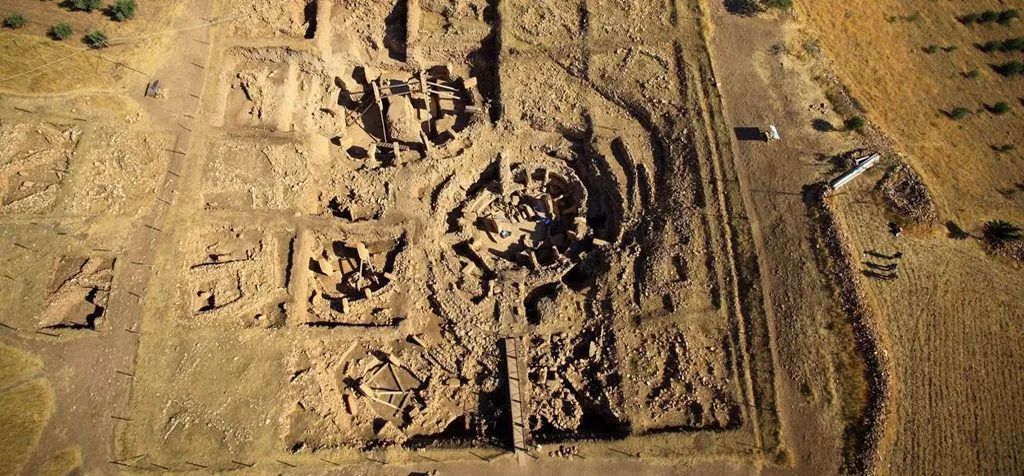
According to the documents that was gained with the excavations hold by prf. Klaus Schmidt supported by German Archeological Institute, this settlement wasn't used for domestic use but predominantly for religious and ritual reasons. There are many such stone age temples in Göbeklitepe.Furthermore, both excavations and geo magnetic results revealed that there are at least 20 installations, which in archeological terms can be called a temple.Based on what has been unearthed so far, the pattern principle seems to be that there are two huge monumental pillars in the center of each installation, surrounded by enclosures and walls, featuring more pillars in those set-ups.
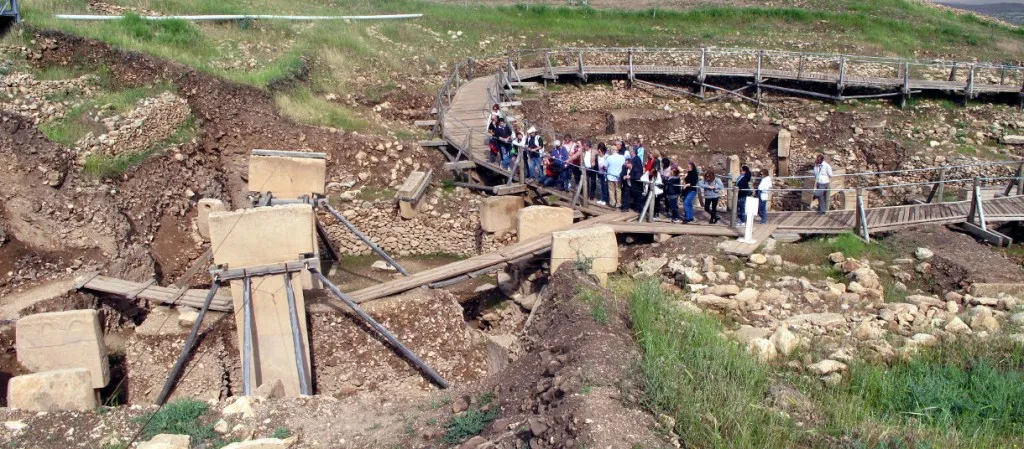
All pillars are T-shaped with heights changing from 3 to 6 meters. Archeologists interpret those T-shapes as stylized human beings, mainly because of the depiction of human extremities that appear on some of the pillars. What also appears on these mystical rock statues, are carvings of animals as well as abstract symbols, sometimes picturing a combination of scenes.
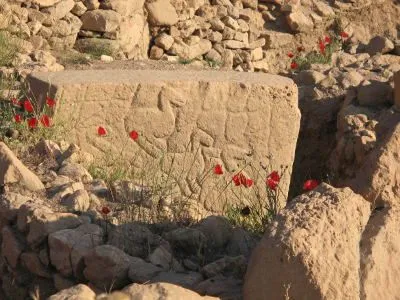
The unique method used for the preservation of Göbeklitepe has really been the key to the survival of this amazing site. Whoever built this magnificent monument, made sure of its survival along thousands of years, by simply backfilling the various sites and burying them deep under, by using an incredible amount of material and all these led to an excellent preservation.
Each T-shaped pillar varies between 40 to 60 tonnes, leaving us scratching our heads as to how on earth they accomplished such a monumental feat. In a time when even simple hand tools were hard to come by, how did they get these stone blocks there, and how did they erect them? With no settlement or society to speak of, with farming still a far cry away, in a world of only roaming hunter-gatherers, the complexity and developed blueprints of these temples represented another enigma for archeologists. Do we have to change our vision of how and when civilized human history began? The plot thickens..
![Gobeklitepe_Home_005_B_400.jpg]
(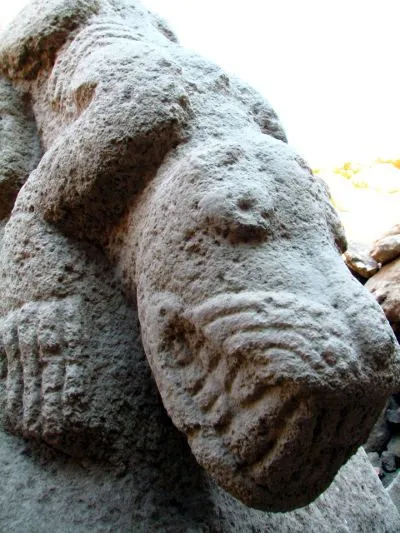 )
) 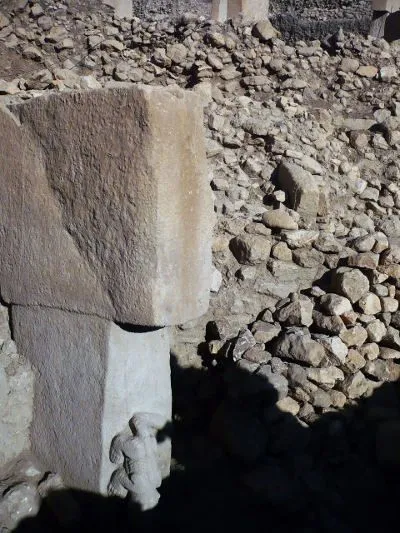
(http://xn--gbeklitepe-ecb.com/)
Comparison of Stonehenge and Göbeklitepe

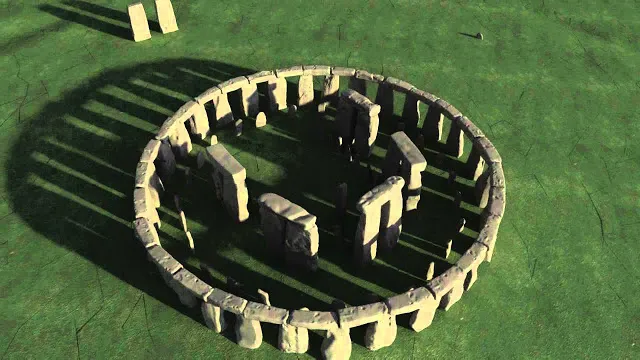
Göbeklitepe is the oldest known mold today and 7000 years older than stonehenge. Until the discovery of göbeklitepe, oldest recognized temple is located in Malta and dated 5000 years. Göbeklitepe is also older 7500 years older.
It was found that the ancestors of wheat firstly started to grow in Göbeklitepe booms. That also shows also related with the excavations that stone-age people were also drinking beer. 160 lt capacity of 3 barrels that is sculpted to limestones were found. Related with this information, Klaus Schmidt claims that people used wheat in Göbeklitepe for the first time not to make bread but beer.
Göbeklitepe also disproves the thesis of "sedentism happened by nomadic societies learnt farming".According to the Schmidt, sedentism happened by forager groups gathering in those ritual places such as Göbeklitepe. People verged to agriculture when they couldn't provide the needs of people in the temple. That means, agriculture didn't bring the settled life but with the wish of staying close to religious sanctuaries, settled life has brought the agriculture.